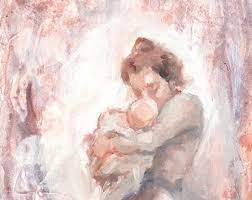“In The Reign of Harad IV” examines how a craftsman’s advancement in his own skill leads him into a difficult life of isolation. Because the story is set in a King’s court, I think it’s safe to say that most readers would expect the story to be about the drama of either trying to please the King, or overthrow him and thus please a different one. However, the craftsman has no real interest in the King’s opinion, and only wishes to take his skill to the greatest point it can go. The idea of taking his skill further, which means making his miniatures even smaller than before, comes to the craftsman as he’s carving a basket of apples and then specifically creating a tiny fly to perch on one of the stems. The apples are an allusion to the fruit from Adam and Eve, because the craftsman “leaves” the easy life he had in the court and “embarked on a voyage more perilous than he had known.” (pg. 127) By endeavoring to make creations so small that they’re invisible, he quickly loses any connection he had to anyone else in the court as they don’t understand his need to take his skill so far. This isolation is further emphasized by the fact that there’s no dialogue.
The craftsman’s skill even progresses past the invisible and enters the imaginary. His visions are wholly his, and even his apprentices can no longer see them. The climax of the story occurs when he invites the apprentices to look at his work, and instead of admitting that they can’t see it, they lie and admire his skill. This is the point in the story that feels like there is no turning back for the craftsman, because he resolutely faces the fact that from that moment on, “his life would be difficult and without forgiveness.” (pg. 131) Ultimately, I also get the feeling that it’s not even about the craftsman wanting to refine his skill, but more about the rush he gets from breaking his own limits. On page 128, he acknowledges, “for such a a feat, however arduous, was really no more than the further conquest of a familiar realm, the twilight realm of the world revealed by his glass, and he yearned for a world so small that he could not yet imagine it.” The reason that the craftsman’s life will be so difficult is not just because he will be lonely, but it’s also because he will never be able to truly be satisfied with his own work.
 The third-person point of view has a logical voice that resists forthright connotation; this, alongside the workshop setting that is placed in a king’s court, gives the story a fairytale-like feeling. Direct dialogue is also omitted from the story, and only through the narrator’s voice is dialogue described. This omission adds to the format of the story and encourages a focal point towards the miniaturist.
The third-person point of view has a logical voice that resists forthright connotation; this, alongside the workshop setting that is placed in a king’s court, gives the story a fairytale-like feeling. Direct dialogue is also omitted from the story, and only through the narrator’s voice is dialogue described. This omission adds to the format of the story and encourages a focal point towards the miniaturist.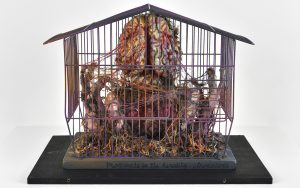 he journey of the miniaturist and his art, the first bouts of exhilarating, breathless pursuits that degrade into emotional resignation but steadfast work, is something many artists, academics, or anyone with a passion has experienced. Oftentimes the latter portion is not glamorous, nor meant for outside consumption or observation, it may be limited in its sensibilities, but it is still art (for it was created) nonetheless. The old cliché of ‘do what you love and you never work a day in your life’ comes to mind, and while I am sure (and have witnessed) this to be true for many, the flipside is a recession of burn-out and souring. However, this souring does not influence the passion itself; passions are revered things. Instead, any negative feelings, emotions, or exhaustion are diverted into other realms of being, never aimed towards the thing that both inspires living but is draining of life.
he journey of the miniaturist and his art, the first bouts of exhilarating, breathless pursuits that degrade into emotional resignation but steadfast work, is something many artists, academics, or anyone with a passion has experienced. Oftentimes the latter portion is not glamorous, nor meant for outside consumption or observation, it may be limited in its sensibilities, but it is still art (for it was created) nonetheless. The old cliché of ‘do what you love and you never work a day in your life’ comes to mind, and while I am sure (and have witnessed) this to be true for many, the flipside is a recession of burn-out and souring. However, this souring does not influence the passion itself; passions are revered things. Instead, any negative feelings, emotions, or exhaustion are diverted into other realms of being, never aimed towards the thing that both inspires living but is draining of life. 
 This week the story that I have decided to write about is “The Dome” by Steven Millhauser. This story takes place in what I began to think was a normal world, but since this is a class about the fantastic, I knew that would soon change. A company has been producing dome structures that can cover properties. This dome was originally made for people with higher incomes but soon became more affordable and available to the rest of the world. There were mixed opinions about the dome throughout the story, but it seemed that these concerns were put aside by capitalism and the need for a certain aesthetic. We learn that the dome has now been placed over the United States as a whole (the fantastic element), and things that once seemed amazing and grand, such as nature and other elements, are not as amazing anymore. The dome takes away from these things and now life does not mean what it once did. I feel that things were not valued as much anymore and that people found comfort in the dome. It took away life from life, if that makes sense. The narrator talks about death not being a concern anymore and the bad things that happen within the dome also contribute to the aesthetic of the dome. I really enjoyed this story because it seems like something that can happen even though it is supposed to be something that is so wild and unimaginable.
This week the story that I have decided to write about is “The Dome” by Steven Millhauser. This story takes place in what I began to think was a normal world, but since this is a class about the fantastic, I knew that would soon change. A company has been producing dome structures that can cover properties. This dome was originally made for people with higher incomes but soon became more affordable and available to the rest of the world. There were mixed opinions about the dome throughout the story, but it seemed that these concerns were put aside by capitalism and the need for a certain aesthetic. We learn that the dome has now been placed over the United States as a whole (the fantastic element), and things that once seemed amazing and grand, such as nature and other elements, are not as amazing anymore. The dome takes away from these things and now life does not mean what it once did. I feel that things were not valued as much anymore and that people found comfort in the dome. It took away life from life, if that makes sense. The narrator talks about death not being a concern anymore and the bad things that happen within the dome also contribute to the aesthetic of the dome. I really enjoyed this story because it seems like something that can happen even though it is supposed to be something that is so wild and unimaginable. This story feels almost like a documentary piece, with the way that the Dome and its beginnings are described. The Dome itself starts out on a small scale and is incredibly flawed, much like most things in the beginning stages. The fact that the small domes start to escalate and become a more common commodity, only to later become one giant entity, shows the lengths to which humanity wishes to concur any inconvenience. Sure, there are upsides to the dome, but everything about life has become artificial. “The world, perceived as interior, shimmers with artifice” (119). The idea of going outside feels more like stepping into a larger room than in nature; there is a disconnect with things that felt natural and real before the dome. The artificialness is further explored by the narrator towards the end of the story, as thoughts of an even bigger dome are discussed; there will always be a bigger step, a new way to improve civilization. It will never be perfect enough. “Meanwhile we walk beneath the Celestilux sky, dreaming of new heavens, of impossible architectures. For a change is in the air. You can feel it coming” (121). Who is to say that solar systems and galaxies cannot be conquered, cannot be made perfect by humanity?
This story feels almost like a documentary piece, with the way that the Dome and its beginnings are described. The Dome itself starts out on a small scale and is incredibly flawed, much like most things in the beginning stages. The fact that the small domes start to escalate and become a more common commodity, only to later become one giant entity, shows the lengths to which humanity wishes to concur any inconvenience. Sure, there are upsides to the dome, but everything about life has become artificial. “The world, perceived as interior, shimmers with artifice” (119). The idea of going outside feels more like stepping into a larger room than in nature; there is a disconnect with things that felt natural and real before the dome. The artificialness is further explored by the narrator towards the end of the story, as thoughts of an even bigger dome are discussed; there will always be a bigger step, a new way to improve civilization. It will never be perfect enough. “Meanwhile we walk beneath the Celestilux sky, dreaming of new heavens, of impossible architectures. For a change is in the air. You can feel it coming” (121). Who is to say that solar systems and galaxies cannot be conquered, cannot be made perfect by humanity?
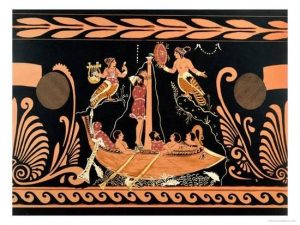 tremely dark and magical within the band, who are described limitedly and are never fully detailed or explained.
tremely dark and magical within the band, who are described limitedly and are never fully detailed or explained.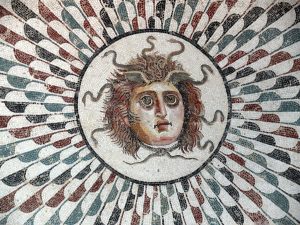
 “Stop Your Women’s Ears with Wax” by Julia Armfield is a story that definitely surprised me to say the least. In my opinion it seems like an alternate coming-of-age story with dark twists throughout. The band, who seem to be sirens, are able to evoke a reaction out of young women. These young women seem to cause havoc in the group’s presence and also cause harm to men. Throughout the story, it seems that bad luck follows the band and that they have some sort of power to “curse” anyone who may speak badly about them. Mona, who seems to be the main character, is also under their spell along with the others on the crew. Something that stood out to me was her realizing that there are no men on their crew; is it because men are hated or because men do not understand most of the problems or issues that women face? In the story the men seemed the most confused about the band and why they were as popular as they are, which makes me wonder about what the author actually wanted that to symbolize. Another interpretation that I thought about is women progressing in the world. The band goes to different places throughout the story (their tour). This could account for the expansion of women’s voices in the world, and while we might not have the representation we need yet, we are making headway.
“Stop Your Women’s Ears with Wax” by Julia Armfield is a story that definitely surprised me to say the least. In my opinion it seems like an alternate coming-of-age story with dark twists throughout. The band, who seem to be sirens, are able to evoke a reaction out of young women. These young women seem to cause havoc in the group’s presence and also cause harm to men. Throughout the story, it seems that bad luck follows the band and that they have some sort of power to “curse” anyone who may speak badly about them. Mona, who seems to be the main character, is also under their spell along with the others on the crew. Something that stood out to me was her realizing that there are no men on their crew; is it because men are hated or because men do not understand most of the problems or issues that women face? In the story the men seemed the most confused about the band and why they were as popular as they are, which makes me wonder about what the author actually wanted that to symbolize. Another interpretation that I thought about is women progressing in the world. The band goes to different places throughout the story (their tour). This could account for the expansion of women’s voices in the world, and while we might not have the representation we need yet, we are making headway. Julia Armfield is a master at threading subtle tension all throughout her story “Stop Your Women’s Ears with Wax.” I think that this tension starts with the ingenious title — not only because it alludes to the sirens, but by how it turns the music in the story into a monstrous call for (and by) the girls who follow the band. The images and the diction used to describe the fans continually draw similarities between them and monsters, such as the line, “two-headed girls in plastic macs, chimera-blooms of arms and hands as groups protect bareheaded members from the rain;” and furthermore, there’s a slightly unsettling nature about the lack of men in the crowd and the roadcrew. (80) I think there’s also a level of craziness that a reader would expect from any fervid fans, (especially teen girls, who are often mocked for their obsessions with bands) but the mixing of these qualities into the text helps foreshadow the fans’ actions both later and at the end of the story. This tension about what this will look like or how far they’ll go rests in moments in the story when it’s implied that a fan has murdered someone or when the speaker is watching them in the queues. For example, the death of the first venue manager, and then at Carlisle, when the speaker describes, ” a tall girl in purple tights waving her arms in a gesture which mimics a conductor but more closely resembles the wielding of something blunt,” (87) both clue the reader into the viciousness that’s occurring within the fans.
Julia Armfield is a master at threading subtle tension all throughout her story “Stop Your Women’s Ears with Wax.” I think that this tension starts with the ingenious title — not only because it alludes to the sirens, but by how it turns the music in the story into a monstrous call for (and by) the girls who follow the band. The images and the diction used to describe the fans continually draw similarities between them and monsters, such as the line, “two-headed girls in plastic macs, chimera-blooms of arms and hands as groups protect bareheaded members from the rain;” and furthermore, there’s a slightly unsettling nature about the lack of men in the crowd and the roadcrew. (80) I think there’s also a level of craziness that a reader would expect from any fervid fans, (especially teen girls, who are often mocked for their obsessions with bands) but the mixing of these qualities into the text helps foreshadow the fans’ actions both later and at the end of the story. This tension about what this will look like or how far they’ll go rests in moments in the story when it’s implied that a fan has murdered someone or when the speaker is watching them in the queues. For example, the death of the first venue manager, and then at Carlisle, when the speaker describes, ” a tall girl in purple tights waving her arms in a gesture which mimics a conductor but more closely resembles the wielding of something blunt,” (87) both clue the reader into the viciousness that’s occurring within the fans.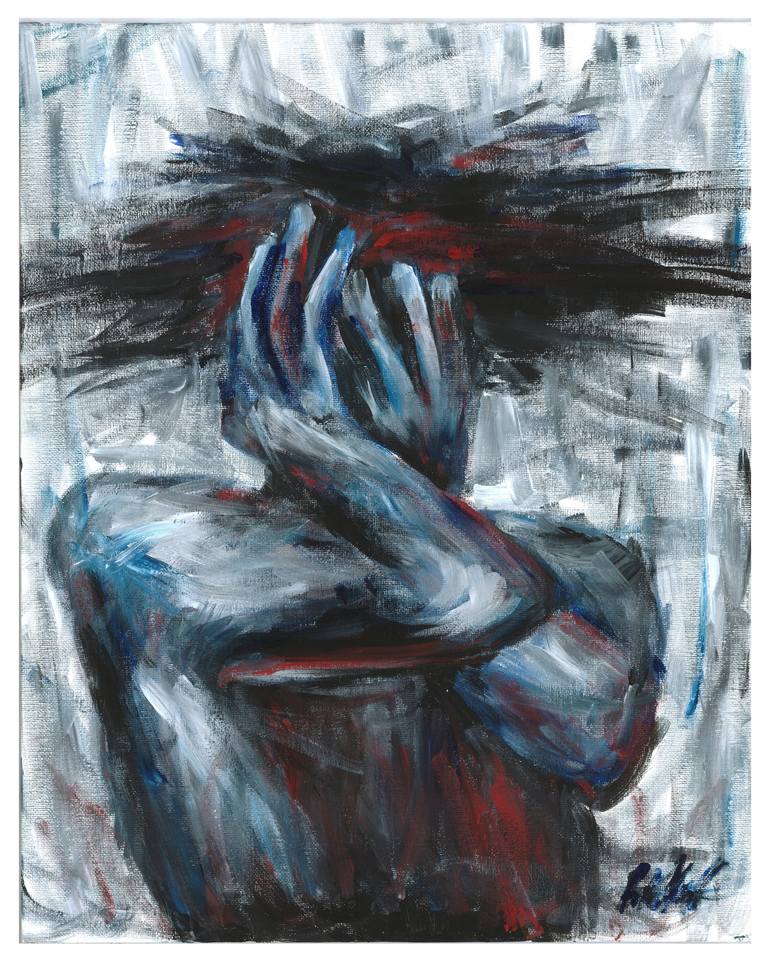 The short story “The Great Awake” follows the reality of sleep anxiety. The story talks about “Sleeps,” shadow-like figures that prevent characters from receiving the rest that they need. Characters who don’t need to sleep at first enjoy new things, but those who don’t have a change in their sleeping patterns become increasingly restless, clinging to the day-night cycle.
The short story “The Great Awake” follows the reality of sleep anxiety. The story talks about “Sleeps,” shadow-like figures that prevent characters from receiving the rest that they need. Characters who don’t need to sleep at first enjoy new things, but those who don’t have a change in their sleeping patterns become increasingly restless, clinging to the day-night cycle.
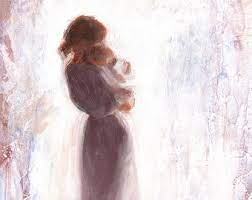 As our narrator cares for and nurtures this baby, we are given a lens into the world of motherhood and all the feelings that arise from this responsibility. She is burdened with the memories of her abusive and toxic relationship, unable to let go of the hold that Bad had on her. Thus, the baby is a product of this grief; a humanized and personified version of their failed love. Or a byproduct of her will to create the impossible, to outdo nature herself. Or both.
As our narrator cares for and nurtures this baby, we are given a lens into the world of motherhood and all the feelings that arise from this responsibility. She is burdened with the memories of her abusive and toxic relationship, unable to let go of the hold that Bad had on her. Thus, the baby is a product of this grief; a humanized and personified version of their failed love. Or a byproduct of her will to create the impossible, to outdo nature herself. Or both.